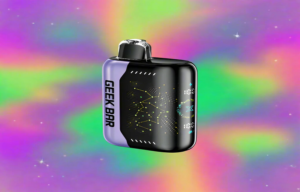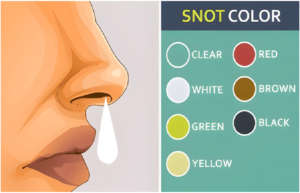What are Nursing Diagnoses?

It can be defined as a clinical judgment about the experiences or responses of a person, its family or community to actual or potential health problems or life processes.
- Therefore, this definition excludes health problems for which the accepted form of therapy is the prescription of drugs, surgery, radiation and other treatments legally defined as the practice of medicine.
- “The nursing diagnosis is a clinical judgment about the individual, family or community that derives from a systematic, deliberate data collection and analysis process. It provides the basis for prescriptions for definitive therapy, for which the nurse is responsible.
Detection of signals or patterns and changes in physical state.
Establishment of possible alternative hypotheses that could have caused previous movements or patterns
Nursing diagnoses are stated according to the PES format, developed by Marjory Gordon :
P = Problem: It is the part that guides and defines the rest of the diagnosis, a Health Problem, which corresponds to the diagnostic label
E = Etiology, where the causes that favour the appearance of the health problem are reflected. . They can be described as antecedents, associated with, and usually as “related to”. The aetiology or “related to” is generally expressed with the abbreviation “r/c”.
S = Symptomatology, Refers to the signs and symptoms observed or reported by the patient as a result of the ProblemProblem, which specifies the magnitude of the response produced. To unite the ProblemProblem or diagnostic label with the aetiology or related factors/risk factors, the term “related to” or its abbreviation “r/c” is used.
To complete the diagnosis, in the case of actual diagnoses, it is necessary to unite the aetiology with the symptomatology, that is, with the signs and symptoms.
Diagnoses are organised into classification systems or diagnostic taxonomies. There are several, but for nursing professionals, the use of the NANDA taxonomy is essential in the daily practice of their profession.
An example of a correct formulation of a NANDA-I nursing diagnosis using the PES format would be:
- Acute pain (Problem),
- Related to (r/c) physical injurious agent (Etiology),
- Manifested by (m/p) verbal report of pain (Symptom).
- Among the advantages of using Taxonomy are:
The use of a common language
Dynamic participation within the different health teams
The structuring of our activity following a scientific method must represent for the Nursing Profession the definition of our Area of Responsibility with the increase in motivation and prestige of the professionals themselves.
PES Nursing diagnoses
Types of Nursing Diagnoses NANDA
«Real Diagnostics» :
It describes the real health problems of the patient and is always validated by signs and symptoms.
- Health problems
- Etiological or related factors
- defining characteristics
- Example: Acute pain r/c physical injurious agents m/p expressive behaviour (agitation, moaning)
«Health Promotion Diagnosis» :
It is the critical judgment that the nurse makes about the motivation of the patient, family or community to increase their health status and assesses their involvement in health care; these diagnoses are formulated in the labels as “Disposition for” and to validate this diagnosis we rely on the defining characteristics.
«Wellness Diagnosis» :
It is a critical judgment that the nurse makes in the face of situations or health problems that are well controlled but that the patient verbally expresses that he wants to improve; the nurse must base himself on what the patient says more than on the observation itself.
«Potential Nursing Diagnosis»: Risk diagnosis describes human responses to processes that the patient, family or community may present.
parts of Potential Diagnosis
it consists of 2 parts
- Health problems
- Risk factor’s
«Syndrome Diagnosis» :
Describe concrete and complex situations. These diagnoses are made up of a group of several actual and potential diagnoses and have the characteristic that they always occur together.
Although a diagnosis of Syndrome includes potential and actual diagnoses, this does not exclude our patient from presenting other diagnoses.
Example: Post Rape Trauma Syndrome.
The elements of a nursing diagnosis are:
Diagnostic Label: It is a concrete and concise name and should not be modified since references and bibliographic reviews support it.
Definition: It is the description of the diagnosis. It reinforces and clarifies the diagnostic label’s meaning and is supported and validated in bibliographic references.
Related factors: These elements are associated with a specific health problem.
Risk factors: They are physical, genetic, physiological elements, etc., that increase the possibility that a problem will appear to the individual, family or community. It is intuited that it may be the cause or contribute to the appearance of a health problem.
Defining characteristics: These are observable and measurable references grouped as signs and symptoms of a real problem and explain and represent a health diagnosis.
Diagnosis code: A five-digit number is assigned to each diagnosis that identifies it.







